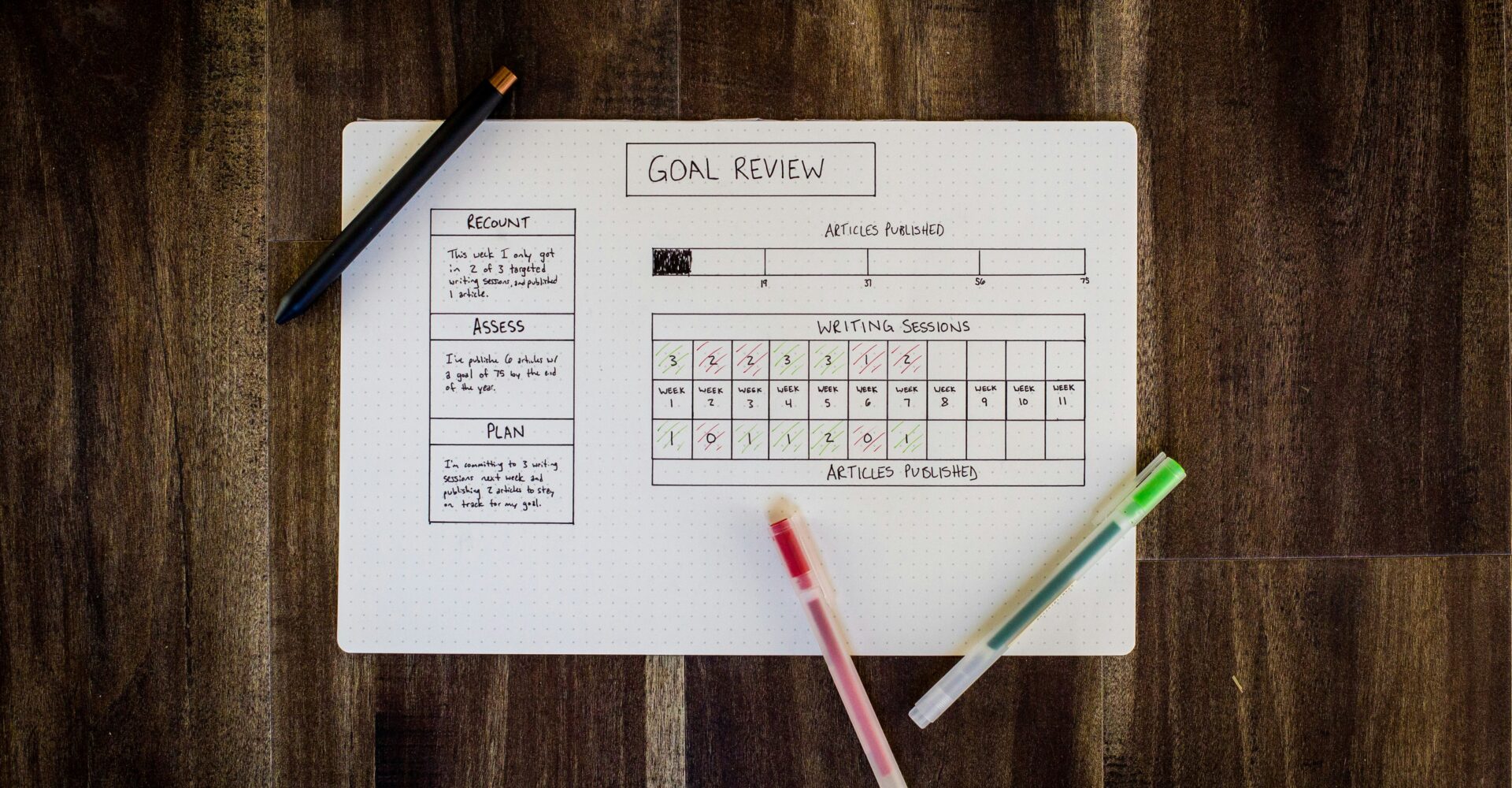Top 10 AI Tools in 2025 Transforming Business Efficiency
The rapid evolution of artificial intelligence has ushered in a new era of operational efficiency for businesses worldwide. In 2025, AI tools are no longer optional luxuries but critical components of competitive strategy, enabling organizations to automate workflows, enhance decision-making, and streamline communication. From robotic process automation to generative content creation, these tools are redefining how businesses operate. Below, we explore the ten most impactful AI solutions driving this transformation, supported by real-world applications and empirical insights.
AI-Powered Website Development and Content Creation
Dorik AI: Revolutionizing Web Design
Dorik AI has emerged as a game-changer for small businesses seeking to establish a digital presence without technical expertise. By leveraging natural language prompts, users can generate fully functional websites complete with optimized content and visuals in seconds. The platform’s AI Text Generator eliminates the need for copywriters by producing SEO-friendly blog posts, product descriptions, and landing page copy. Meanwhile, its AI Image Generator creates custom visuals tailored to brand aesthetics, reducing reliance on stock photography. For businesses prioritizing agility, Dorik AI’s one-click section regeneration allows rapid iteration, ensuring websites remain aligned with evolving marketing strategies.
ChatGPT: Multifunctional Content and Support Automation
OpenAI’s ChatGPT continues to dominate as a versatile tool for customer engagement and content generation. Its advanced natural language processing (NLP) capabilities enable human-like interactions across support channels, handling tasks ranging from troubleshooting to personalized product recommendations. Beyond customer service, businesses deploy ChatGPT to draft marketing emails, social media posts, and technical documentation, cutting content production time by up to 70%. A notable 2025 enhancement includes real-time integration with CRM systems, allowing the AI to pull customer history for context-aware responses.
Enterprise Workflow and Process Automation
Microsoft 365 Copilot: Intelligent Office Suite Integration
Microsoft’s flagship AI, Copilot, has become indispensable for enterprises using the Microsoft 365 ecosystem. By grounding responses in organizational data from emails, documents, and Teams meetings, Copilot assists in drafting reports, analyzing spreadsheets, and summarizing lengthy threads. Its Pages Copilot feature automates project documentation, while Copilot Studio enables teams to build custom AI assistants for niche workflows like invoice processing or inventory management. For regulated industries, the platform’s enterprise data protection (EDP) ensures compliance with GDPR and other standards, making it a secure choice for global operations.
UiPath: Scalable Robotic Process Automation
UiPath remains the gold standard for automating repetitive, rule-based tasks across departments. In 2025, its AI-driven computer vision capabilities allow bots to navigate legacy systems lacking APIs, making it ideal for industries like banking and healthcare. A case study from a retail chain revealed that UiPath reduced monthly report generation from 40 hours to 15 minutes by automating data aggregation from disparate sources. The platform’s Drag-and-Drop Workflow Designer further democratizes automation, enabling non-technical staff to create and modify bots.
Zapier and Make: Cross-Platform Workflow Orchestration
For SMEs, Zapier and Make (formerly Integromat) provide accessible no-code automation between 5,000+ apps. Zapier’s AI-powered suggestions analyze user behavior to recommend optimizations, such as auto-tagging high-priority emails or syncing e-commerce orders with inventory databases. Make excels in complex multi-step workflows, using generative AI to map dependencies between apps like Slack, Salesforce, and QuickBooks. Both platforms report average productivity gains of 6–8 hours per employee weekly, particularly in HR and sales onboarding.
Data Analytics and Decision Intelligence
Tableau AI: Predictive Insights for Strategic Planning
Tableau’s integration of generative AI has transformed it from a visualization tool to a predictive analytics powerhouse. Its Einstein Copilot feature allows users to query datasets in plain language, receiving actionable insights like “Which product line will face shortages in Q3?” or “What factors drove last quarter’s revenue drop?”. For supply chain managers, Tableau’s anomaly detection algorithms flag deviations in real-time, such as unexpected shipping delays or supplier price hikes, enabling proactive mitigation.
Grafana: Unified Operational Monitoring
Grafana’s open-source platform is the backbone of IT and DevOps teams monitoring infrastructure health. In 2025, its AI-driven Automated Root Cause Analysis reduces mean time to resolution (MTTR) by correlating alerts from servers, databases, and applications to pinpoint failures. A telecommunications company cited a 40% reduction in outage durations after implementing Grafana’s predictive capacity planning models, which forecast server load spikes based on historical trends.
Communication and Collaboration Enhancement
Fathom AI Notetaker: Meeting Productivity Redefined
Fathom has eliminated the need for manual note-taking in virtual meetings. The tool records, transcribes, and summarizes discussions across Zoom, Teams, and Google Meet, highlighting action items and decisions. Sales teams leverage its Clip Sharing feature to send prospect objections to product teams, while HR departments use sentiment analysis to gauge employee morale during check-ins. Integration with CRMs like HubSpot automatically logs follow-up tasks, ensuring no detail falls through the cracks.
Gemini in Google Workspace: Real-Time Collaborative AI
Google’s Gemini, embedded across Workspace apps, acts as a collaborative partner during document creation. In Docs, it suggests data-driven arguments for proposals by pulling metrics from linked Sheets files, while in Slides, it designs infographics based on user outlines. A novel 2025 feature, Audio Overviews, lets teams upload meeting recordings to NotebookLM, where Gemini generates executive summaries and identifies knowledge gaps in onboarding materials.
Specialized Productivity Boosters
Grammarly: AI-Driven Writing Excellence
Grammarly’s 2025 iteration goes beyond grammar checks, offering AI Humanization to adapt content for specific audiences. Marketing teams use it to refine campaign messages, ensuring consistency across segments, while technical writers employ Undetectable AI mode to bypass detection tools when repurposing AI-generated drafts. Its integration with coding platforms like GitHub assists developers in writing cleaner comments and documentation, reducing code review cycles by 25%.
n8n: Open-Source Automation for Tech Teams
n8n caters to organizations requiring customizable workflow automation. Its self-hosted option provides full data control, critical for healthcare and finance sectors. Developers appreciate the platform’s ability to chain AI models—for example, using ChatGPT to classify support tickets before routing them to appropriate departments via Slack. A fintech startup reported saving $50k annually by replacing a paid CRM with n8n’s custom-built solution.
Conclusion: The Path to AI-Driven Operational Excellence
The AI tools of 2025 exemplify a shift from task-specific solutions to integrated ecosystems that enhance cross-functional efficiency. Key trends include:
- Hyperautomation Convergence: Tools like UiPath and Zapier now incorporate generative AI, enabling end-to-end process automation from data ingestion to decision-making.
- Context-Aware Assistance: Platforms such as Microsoft Copilot and Gemini leverage organizational knowledge graphs to provide role-specific support.
- Democratization of Advanced Analytics: Tableau and Grafana’s NLP interfaces allow non-technical users to harness predictive insights.
Businesses adopting these tools report average efficiency gains of 30–50%, with the highest impacts in customer service resolution times, marketing content throughput, and IT operational reliability. As AI continues to evolve, organizations must prioritize ethical frameworks and employee upskilling to fully capitalize on these advancements while maintaining human oversight. The future belongs to enterprises that strategically integrate AI not as a replacement for human ingenuity but as a catalyst for unprecedented productivity.





Each token is a spiritual anchor point, tethering higher dimensional awareness to this 3D simulation.